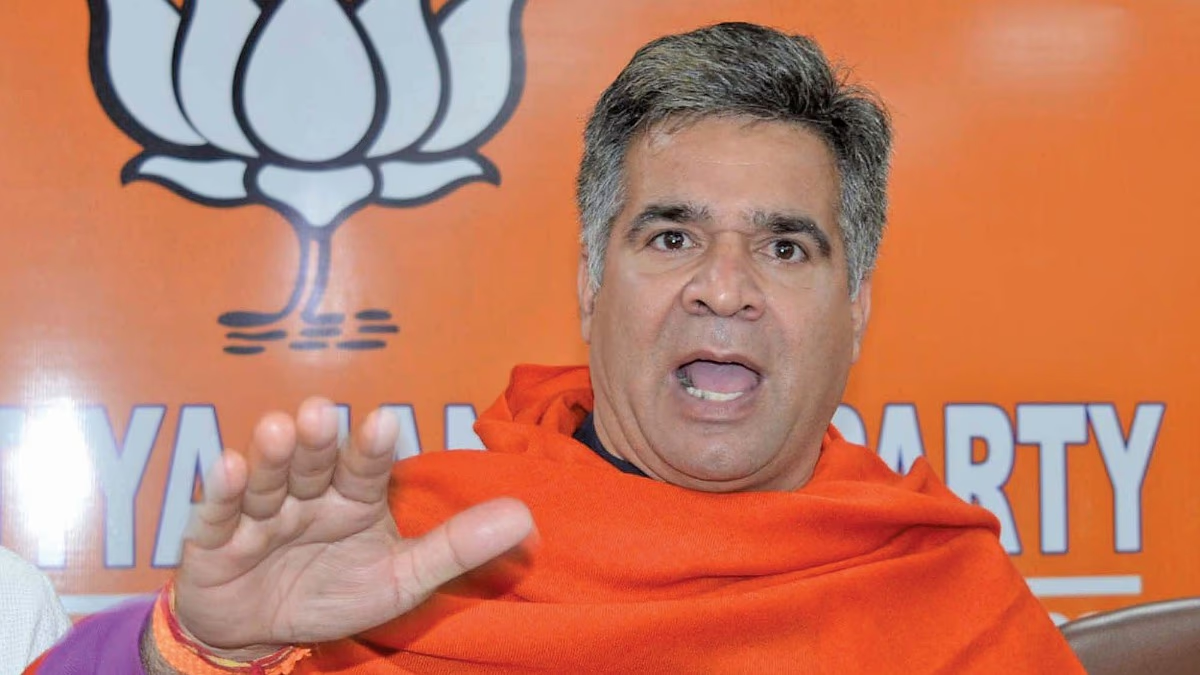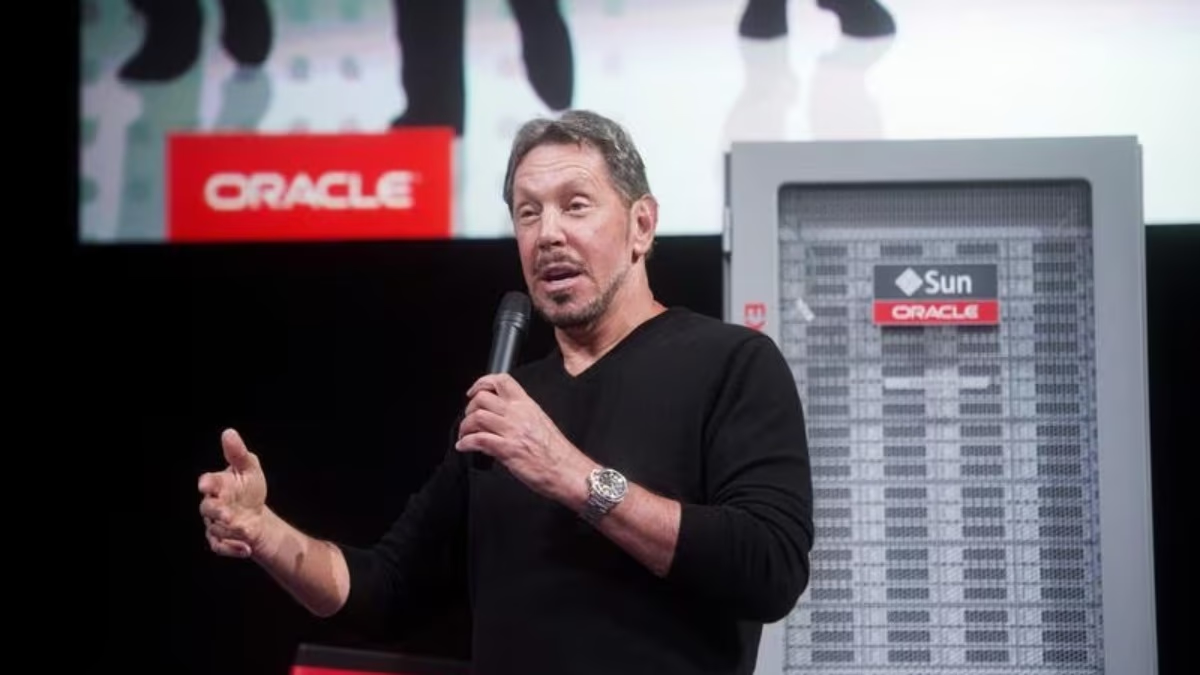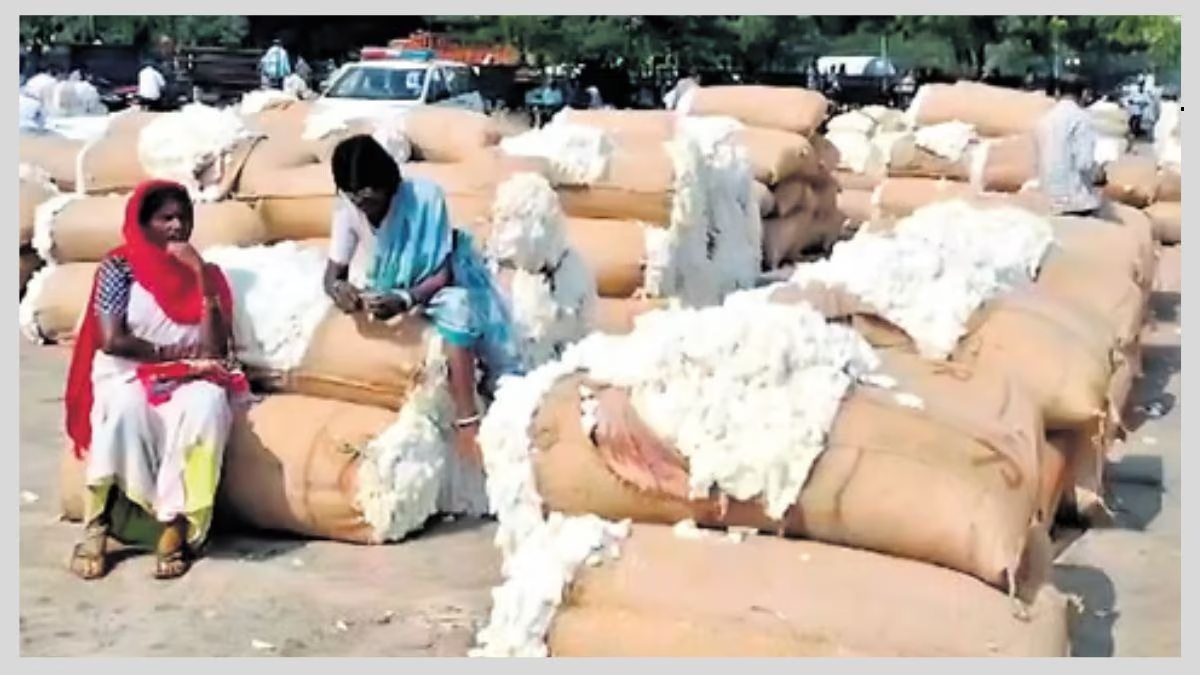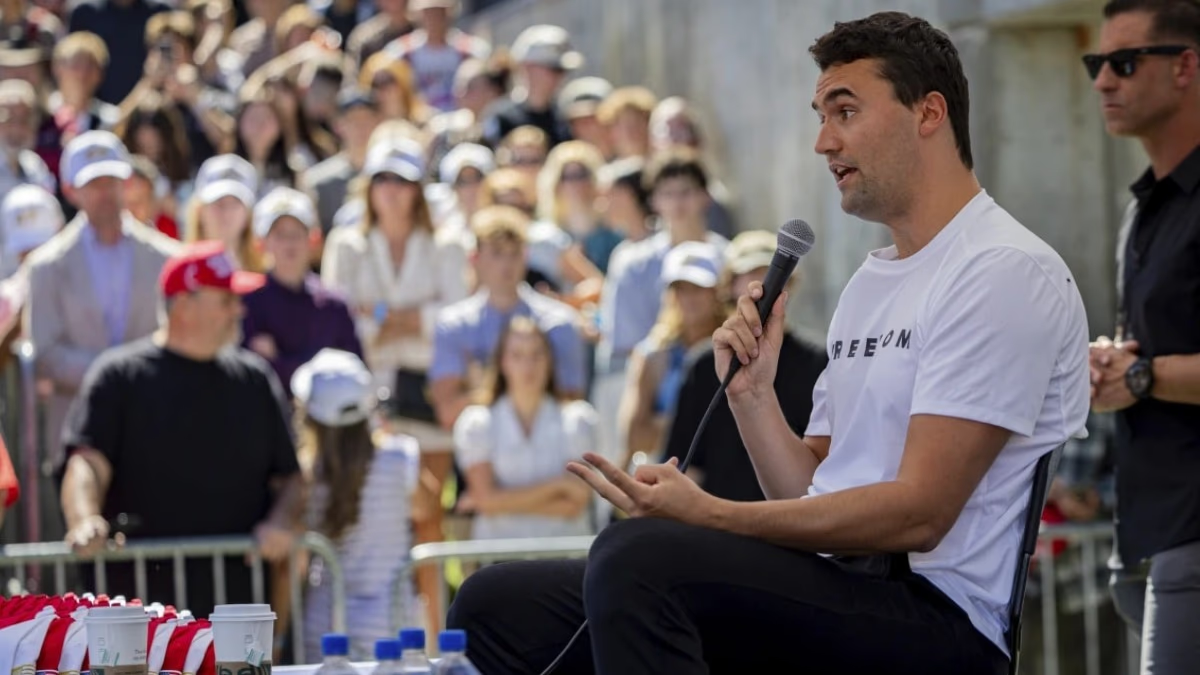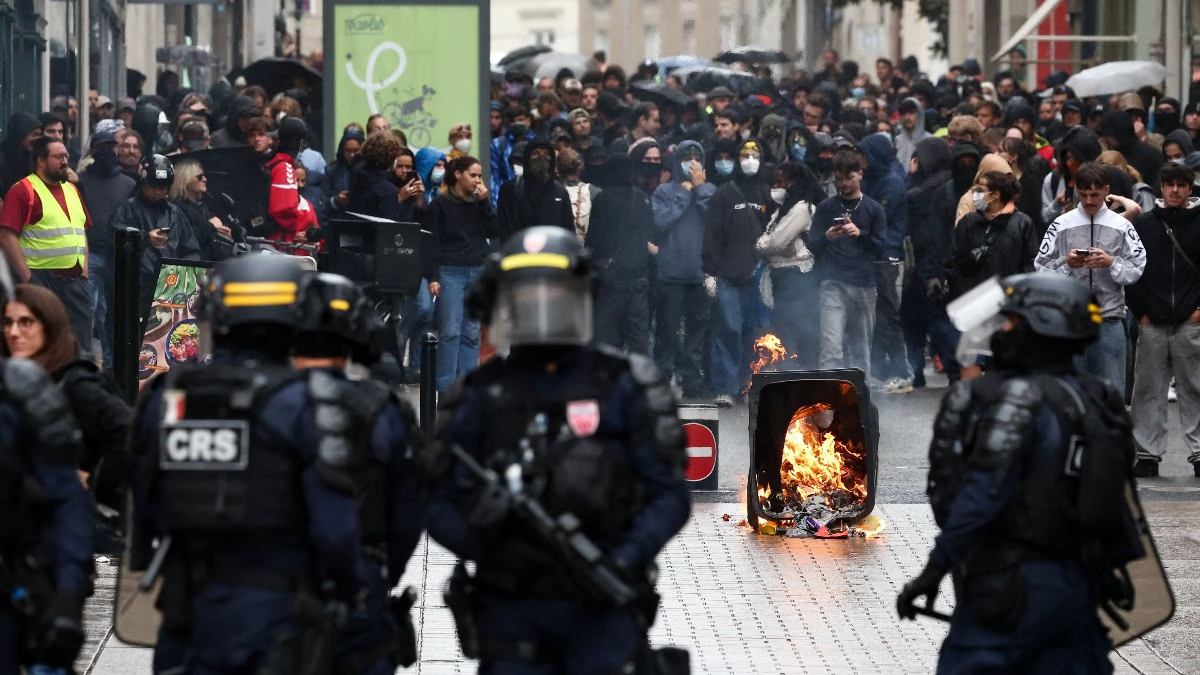After ten years, assembly elections are being held in Jammu and Kashmir. The Bharatiya Janata Party (BJP) has appointed Ram Madhav as the in-charge of elections. Ram Madhav, leading the BJP's election campaign in Jammu and Kashmir, has claimed that the BJP will emerge as the largest party and the next government will be that of the nationalists. He has expressed confidence in winning 35 seats in the Jammu region and also plans to contest 20 seats in the Kashmir Valley, expecting success. BJP leaders are hopeful of winning 10 seats in the Valley. The question arises, how practical is BJP's 35:10 formula in Jammu and Kashmir?
Seats in Jammu and Kashmir by Region
Jammu and Kashmir, as a Union Territory, has a total of 90 assembly seats. There are 47 seats in Kashmir and 43 seats in the Jammu region. Earlier, until the 2014 elections, there were 87 seats, with 37 in Jammu and 46 in Kashmir, and four seats in Ladakh. After the change in state status, Ladakh became a separate Union Territory. Due to subsequent delimitation, six more seats have been added in Jammu and one in Kashmir.
The Practicality of the 35:10 Formula
The political dynamics of Jammu and Kashmir are different. While national parties like the BJP and Congress are strong in the Jammu region, the Valley has been a stronghold of local parties like People's Democratic Party (PDP) and National Conference (NC). Ram Madhav claims BJP will win 35 seats in Jammu. In the Hindu-majority Jammu region, there are five districts with a larger Muslim population, including Doda, Rajouri, Poonch, Ramban, and Kishtwar. Reasi district has almost equal Hindu and Muslim populations.
Even if we exclude Reasi, these five Muslim-majority districts in the Jammu region have seen an increase from 13 seats in the 2014 assembly elections to 16 seats now. Out of these, three seats in Rajouri and two in Poonch, a total of five seats, are reserved for STs, where BJP expects an edge due to the reservation provision. However, the electoral battle on the remaining 11 seats will not be easy for the party. In the 2014 assembly election, the BJP had won six seats in these districts but this was when Congress, NC, and PDP contested separately, leading to a split in the Muslim vote.
Political analyst Amitabh Tiwari mentioned that the main obstacle in BJP's goal of winning 35 seats in Jammu is the seats in these Muslim-majority districts where PDP and NC have traditionally performed well. The parties that focus on the Valley have historically won four to seven seats in these districts. For BJP to reach its target, it must sweep Hindu-majority seats, win reserved seats, and secure three Muslim-majority seats, which seems impractical.
Basis for Hope of Success in the Kashmir Region
The BJP has never won a seat in any elections in the Kashmir Valley. This time, the party has reasons to believe it can perform better in the Valley. The BJP has announced candidates for 20 seats in the Valley for the first time. The party is also working on a second plan considering the mood of the Valley. What is the basis of BJP's hope in the Valley?
1-
Strategy of Supporting Independents
In Kashmir, while fielding its candidates, the BJP is also strategizing to support independent candidates with strong winning probabilities. Several small parties, from Engineer Rashid's party to Ghulam Nabi Azad's Democratic Progressive Azad Party, have entered the election field this time.
These parties are challenging the politics of the Mufti and Abdullah families in the Valley and bringing forward new options. The abundance of independent candidates is making the competition multi-cornered. Recently, Omar Abdullah accused the BJP of fielding independent candidates as part of its strategy. BJP's prospects in the Valley are also contingent on the performance of Engineer Rashid's, Sajad Lone's, and Ghulam Nabi Azad's parties. The stronger these parties fight, the higher the likelihood of keeping the National Conference-led coalition from achieving majority.
2-
Defeats of Omar and Mehbooba in Lok Sabha Elections
In the Lok Sabha elections, both Omar Abdullah of the Abdullah family and Mehbooba Mufti of the Mufti family faced defeats. Omar lost to independent Engineer Rashid. These losses by the two prominent leaders of the two main Valley-based parties are seen as indications of changing voter sentiments and a search for new options in the new Kashmir. If non-PDP and non-NC candidates are elected to the assembly, it can also be favorable for the BJP.
3-
Mood of Young Voters
The younger generation is also at the core of BJP's optimism. While the older populace is more attached to PDP and NC, the youth is interested in development, employment, and new alternatives. BJP sees hope for itself considering the mood of the young voters.
